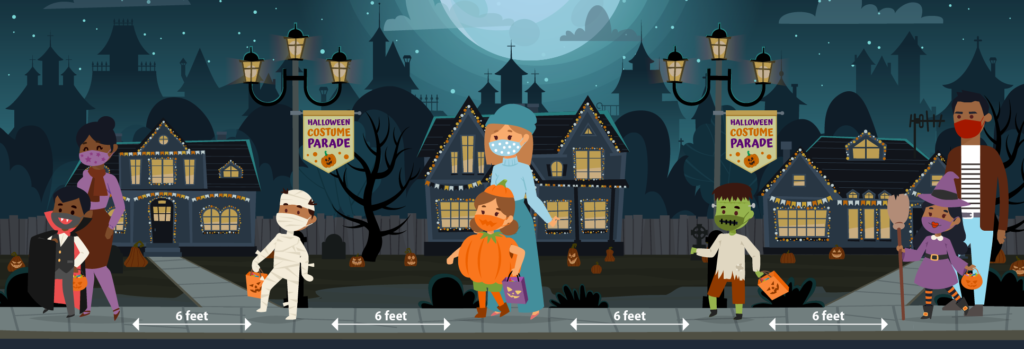
cdc.gov
We always share trick or treating safety tips each October. This year those tips are very different. While we still want to be sure kids are visible to cars and safely supervised, there are new health and safety considerations due to COVID.
Not all families will feel comfortable going trick or treating and that is completely understandable. For those who do, here are some tips from the CDC:
Steps to Take when Trick or Treating
 Make trick-or-treating safer
Make trick-or-treating safer
- Avoid direct contact with trick-or-treaters.
- Give out treats outdoors, if possible.
- Set up a station with individually bagged treats for kids to take.
- Wash hands before handling treats.
- Wear a mask.
Wear a mask
- Make your cloth mask part of your costume.
- A costume mask is not a substitute for a cloth mask.
- Do NOT wear a costume mask over a cloth mask. It can make breathing more difficult.
- Masks should NOT be worn by children under the age of 2 or anyone who has trouble breathing

Stay at least 6 feet away from others who do not live with you
- Indoors and outdoors, you are more likely to get or spread COVID-19 when you are in close contact with others for a long time.
 Wash your hands
Wash your hands
- Bring hand sanitizer with you and use it after touching objects or other people.
- Use hand sanitizer with at least 60% alcohol.
- Parents: supervise young children using hand sanitizer.
- Wash hands with soap and water for at least 20 seconds when you get home and before you eat any treats.
Images: cdc.gov


 What is Daylight Saving Time?
What is Daylight Saving Time?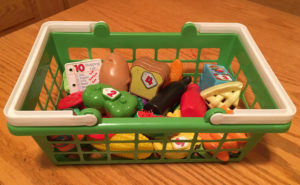
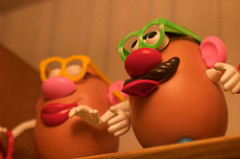
 Homesickness can be a problem during the holidays, even if it hasn’t been at any other time of the year. Au pairs often miss their friends and family, familiar places and their own traditions and customs. The holiday activities in the United States seem, and may actually be, different just at a time when an au pair would welcome something familiar.
Homesickness can be a problem during the holidays, even if it hasn’t been at any other time of the year. Au pairs often miss their friends and family, familiar places and their own traditions and customs. The holiday activities in the United States seem, and may actually be, different just at a time when an au pair would welcome something familiar.  Almost everyone experiences homesickness and culture shock to some degree, when they come to live in a completely new environment. So much is different and it takes time to adjust.
Almost everyone experiences homesickness and culture shock to some degree, when they come to live in a completely new environment. So much is different and it takes time to adjust. Dehydration means that the body lacks the necessary amount of fluid. Infants and small children are more likely to become dehydrated than older children or adults, because they can lose relatively more fluid quickly.
Dehydration means that the body lacks the necessary amount of fluid. Infants and small children are more likely to become dehydrated than older children or adults, because they can lose relatively more fluid quickly.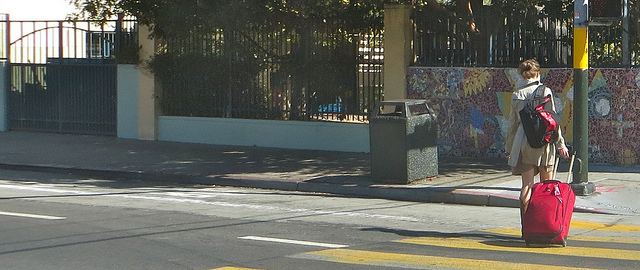
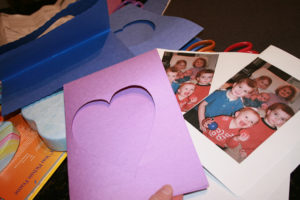 Mother’s Day recognizes mothers, motherhood and maternal bonds in general, as well as the positive contributions that they make to society. It was established by Anna Jarvis, with the first official Mother’s Day was celebrated at St. Andrew’s Methodist Church in Grafton, West Virginia, on May 10, 1908.
Mother’s Day recognizes mothers, motherhood and maternal bonds in general, as well as the positive contributions that they make to society. It was established by Anna Jarvis, with the first official Mother’s Day was celebrated at St. Andrew’s Methodist Church in Grafton, West Virginia, on May 10, 1908. Valentine’s Day (February 14) is a time of love, friendship, giving, and caring. Americans use Valentine’s Day as an opportunity to tell friends and family how much they care. Children usually exchange cards at school.
Valentine’s Day (February 14) is a time of love, friendship, giving, and caring. Americans use Valentine’s Day as an opportunity to tell friends and family how much they care. Children usually exchange cards at school.